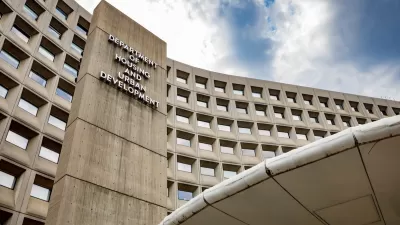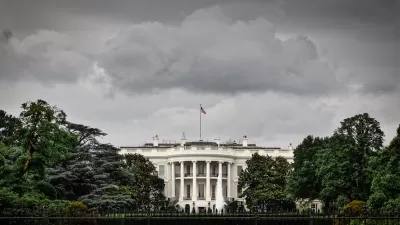The district’s small area plans (SAPs) are designed to ensure equitable economic and community development at the hyper-local level.

In a recent public meeting on the topic, the Washington, D.C. District Council assessed the Office of Planning’s draft Congress Heights Small Area Plan, which would guide development in the neighborhood. Reporting for Greater Greater Washington, John Besche outlines the plan.
“The CHSAP’s key recommendations deal with housing diversity and affordability, economic development, historic and cultural preservation, parks and public space, civic facilities, and transit for a neighborhood where 40% of residents live below the poverty line and 52% are in low food access areas,” Besche writes. “The District’s Office of Planning (OP) began working on the Congress Heights Small Area Plan (CHSAP), and several other Small Area Plans (SAPs), to complement its 2021 update of the Comprehensive Plan, a District-wide guiding document with a focus on equity and change.”
When councilors questioned the community involvement in the plan, Office of Planning (OP) interim director Anita Cozart said “Community dialogue involved confronting the history of inequitable community investment and the lack of access to resources like quality housing and safe public spaces. Data used in the plan was disaggregated by race and analyzed considering different impacts by race with benchmarks identified for achieving more equitable outcomes.”
The report recommends increasing density and supporting mixed-use development, improving access to fresh foods, creating more green space, and installing electric vehicle charging stations.
FULL STORY: DC Council considers how to plan for a more equitable future for Congress Heights

Trump Administration Could Effectively End Housing Voucher Program
Federal officials are eyeing major cuts to the Section 8 program that helps millions of low-income households pay rent.

Planetizen Federal Action Tracker
A weekly monitor of how Trump’s orders and actions are impacting planners and planning in America.

Ken Jennings Launches Transit Web Series
The Jeopardy champ wants you to ride public transit.

Crime Continues to Drop on Philly, San Francisco Transit Systems
SEPTA and BART both saw significant declines in violent crime in the first quarter of 2025.

How South LA Green Spaces Power Community Health and Hope
Green spaces like South L.A. Wetlands Park are helping South Los Angeles residents promote healthy lifestyles, build community, and advocate for improvements that reflect local needs in historically underserved neighborhoods.

Sacramento Plans ‘Quick-Build’ Road Safety Projects
The city wants to accelerate small-scale safety improvements that use low-cost equipment to make an impact at dangerous intersections.
Urban Design for Planners 1: Software Tools
This six-course series explores essential urban design concepts using open source software and equips planners with the tools they need to participate fully in the urban design process.
Planning for Universal Design
Learn the tools for implementing Universal Design in planning regulations.
Heyer Gruel & Associates PA
Ada County Highway District
Institute for Housing and Urban Development Studies (IHS)
City of Grandview
Harvard GSD Executive Education
Toledo-Lucas County Plan Commissions
Salt Lake City
NYU Wagner Graduate School of Public Service





























